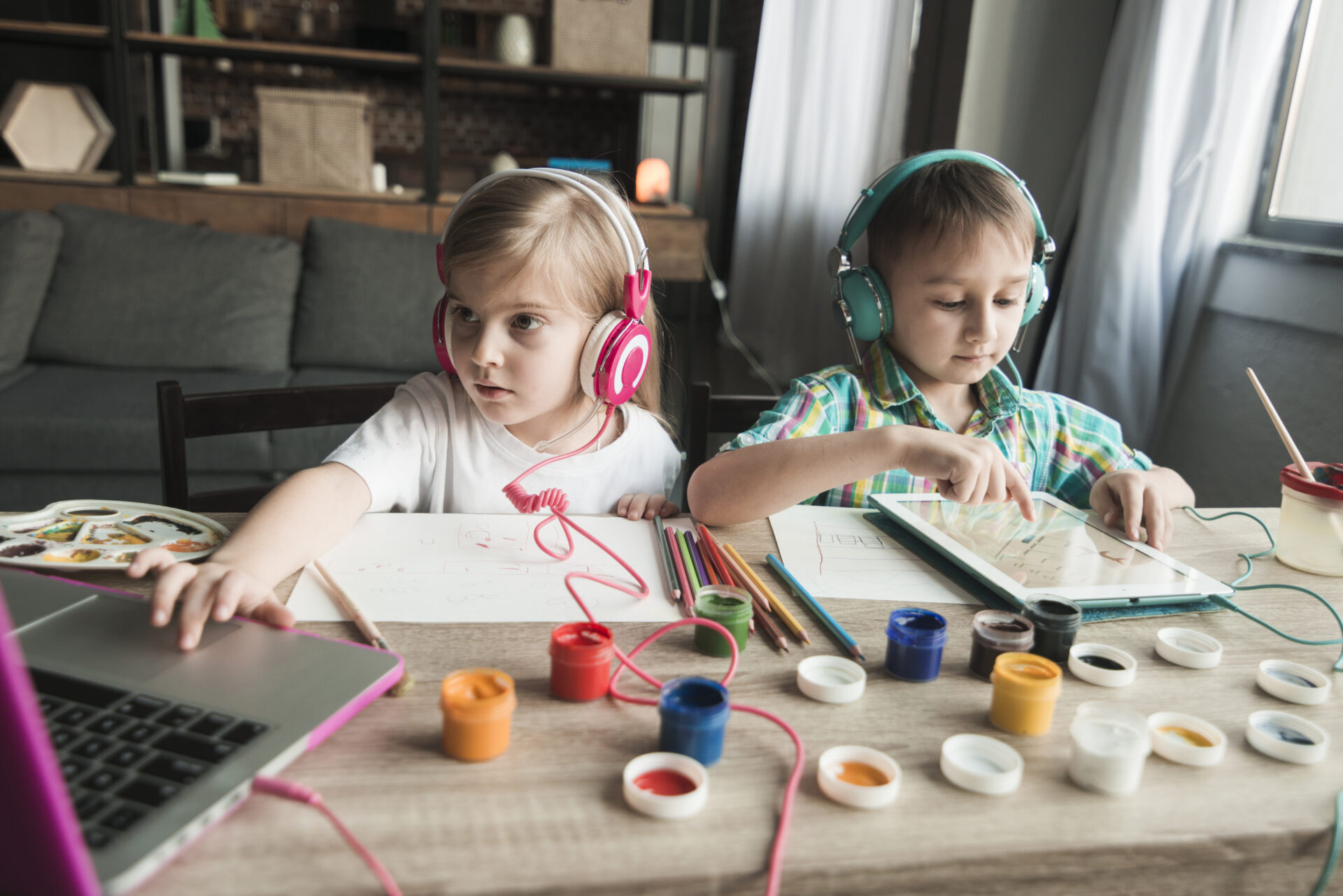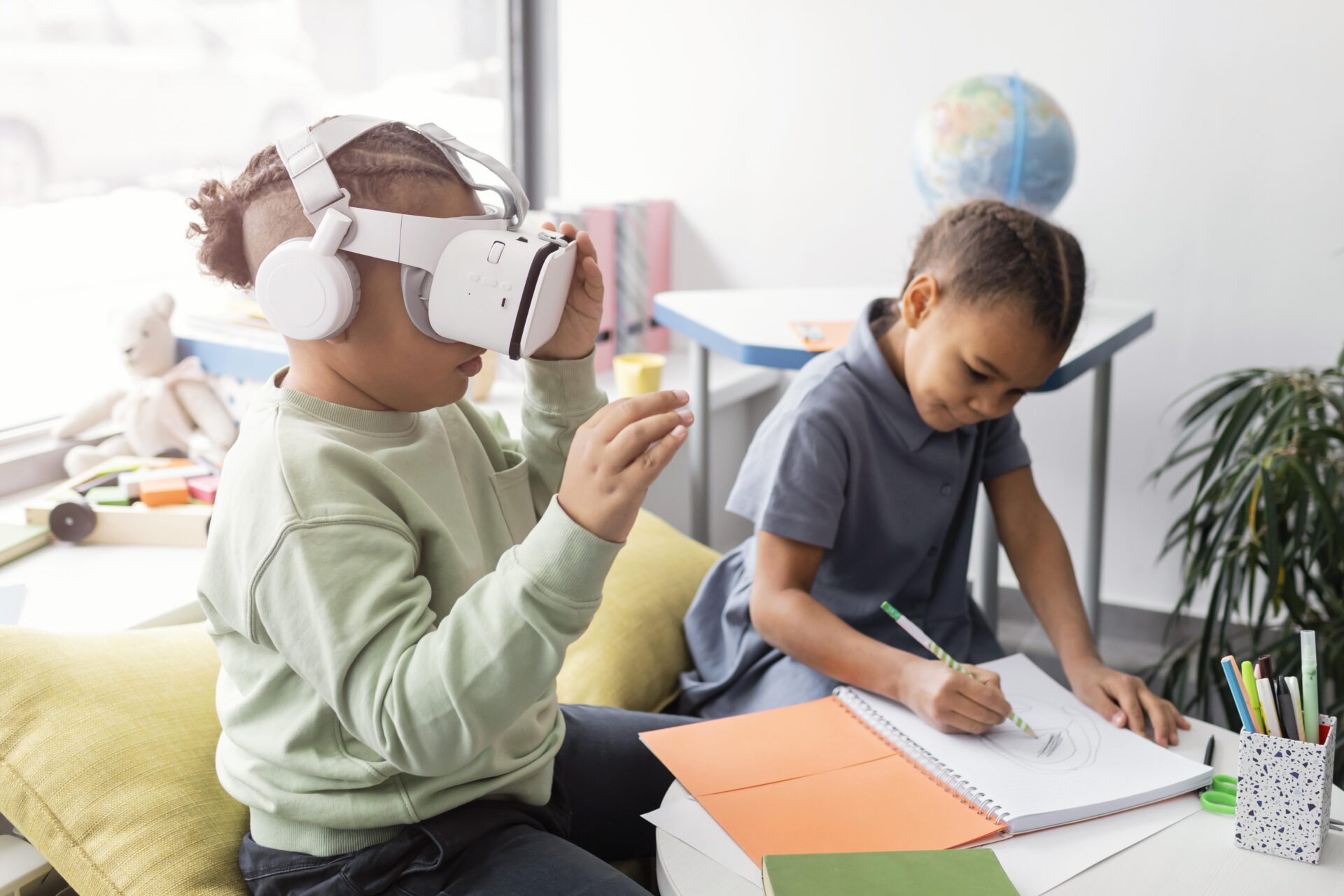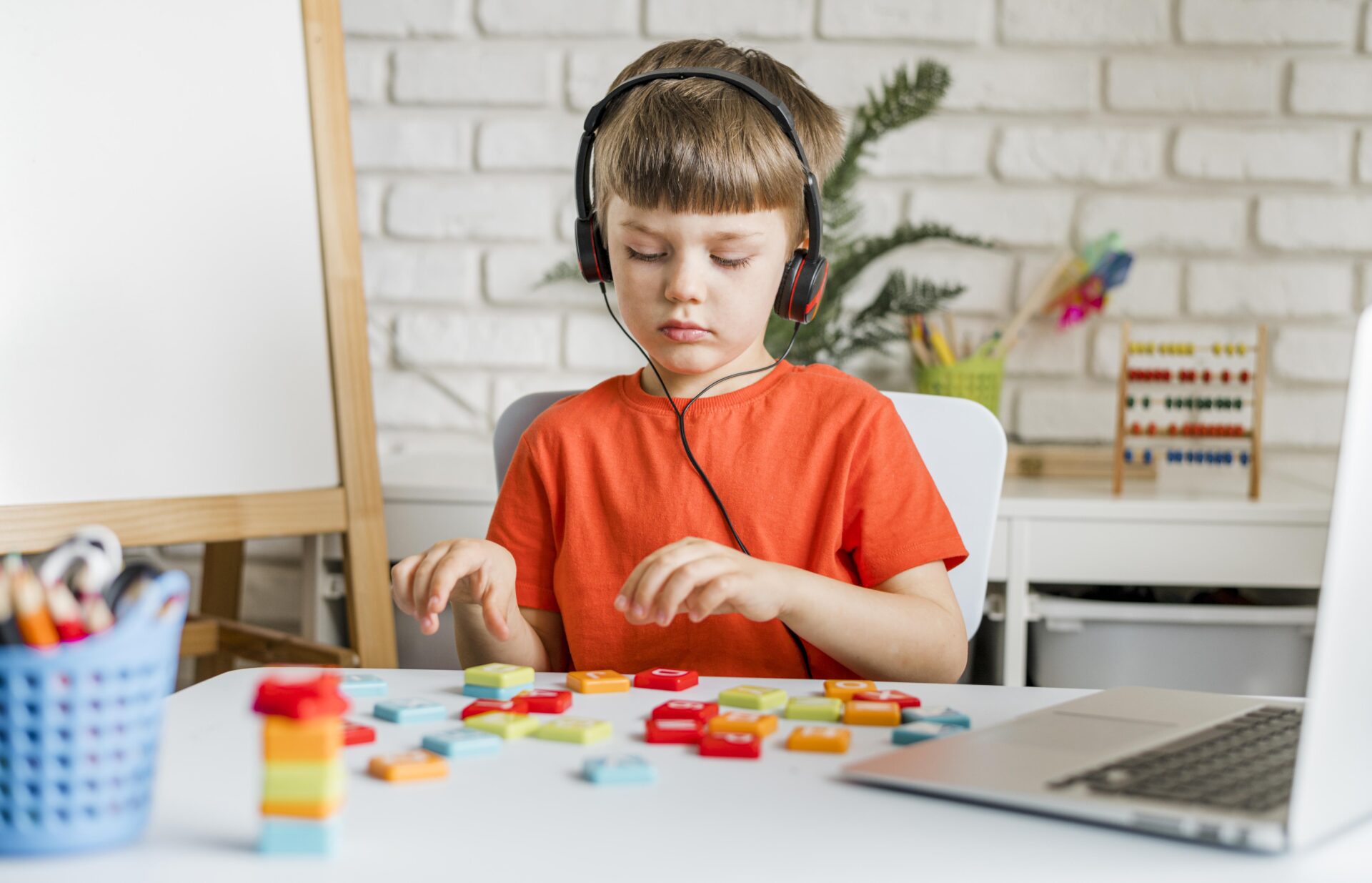If you’ve ever wondered why is multisensory learning effective, you may have come across the term. Today, we’ll explore how this approach helps children learn better. Today, we’re breaking down what multisensory learning is, how it works, and why it’s one of the best ways to support students, particularly those with learning challenges like ADHD, autism, and dyslexia.
Let’s dive into why multisensory strategies are so effective and how they can make a world of difference for your child.
What Is Multisensory Learning?
At its core, why is multisensory learning effective? It means engaging multiple senses during the learning process to improve memory and retention. This approach uses sight, sound, touch, and sometimes even movement to help students better understand and retain information. Instead of relying on just one sense (like reading from a textbook or listening to a lecture), multisensory activities involve a variety of sensory experiences that work together to reinforce learning.
For example, when learning to read, students might not only see the letters but also hear the sounds and trace the letters with their fingers. This combination of activities strengthens neural connections, making the learning experience more memorable and effective.
How the Multisensory Approach To Learning Works
Why is multisensory learning effective? The multisensory approach taps into the brain’s natural ability to process and retain information through multiple sensory channels. When students engage multiple senses, they are activating different parts of the brain, which enhances memory and understanding.
For example, research shows that when children see a word, hear it spoken, and feel the letters with their hands, the brain creates stronger and more lasting connections. This strengthens the pathways for learning and makes it easier to recall that information later on.
Why Is Multisensory Learning Effective?
1. It Supports Different Learning Styles
Not all students learn the same way. Some children are visual learners, while others learn best by listening or doing. Multisensory strategies allow children to experience learning in ways that fit their strengths. This means that no matter how your child learns best, a multisensory approach can be tailored to meet their needs.
For example, students with dyslexia may struggle with reading and writing. By incorporating touch (tracing letters) and hearing (sounding out words), the brain processes the information in a more comprehensive way, making it easier to absorb.
- It Strengthens Neural Connections
Our brains are wired to retain information when we use more than one sense to learn. Multisensory activities engage multiple areas of the brain, creating stronger neural connections. This brain-based learning process is particularly helpful for students with learning difficulties, as it encourages the brain to work in ways that help solidify memory and understanding.
For children with ADHD or autism, engaging more senses during learning helps them stay focused and makes learning feel more concrete, rather than abstract. These activities transform the process into something hands-on and interactive, keeping students engaged and motivated.
- It Improves Retention
Have you ever noticed that when you engage multiple senses, you’re more likely to remember the experience? That’s because using multiple senses strengthens the connections in the brain. When children are taught through multisensory strategies, they are more likely to retain information long term. This is especially important for subjects like reading, where comprehension and recall are critical.
For example, children who use multisensory reading instruction often retain what they’ve learned better than children who only use traditional reading techniques. This makes it easier for them to apply what they’ve learned in the classroom and beyond.
- It Makes Learning More Engaging
One of the best things about multisensory learning is that it’s fun! Engaging multiple senses makes learning feel more like an adventure than a chore. Kids love hands-on activities, and when they’re learning through play, they’re often more motivated to keep going. Whether it’s tracing letters in sand, jumping to different syllables while learning to spell, or using playdough to form words, these activities create a positive and engaging learning environment.
Incorporating kinesthetic learning, or learning through movement, further enhances engagement. Simple actions like jumping to different syllables or tracing letters in the air can make learning even more dynamic and memorable.
Multisensory Learning Examples That Works
Multisensory activities don’t have to be complicated. In fact, some of the most effective strategies are simple to do at home or in the classroom.
Here are a few examples:
- Writing sight words in shaving cream (messy but memorable!)
- Jumping to different syllables while breaking apart words
- Listening to audiobooks while following along with the text
- Building spelling words with magnetic letters
- Using Play-Doh to form letters and words
The more senses involved, the more brain pathways are activated — leading to stronger learning outcomes. This is the heart of brain-based learning in action.
Can Multisensory Learning Help All Students?
While multisensory methods are often recommended for students with dyslexia, ADHD, and other learning challenges, the truth is — multisensory learning benefits everyone.
Even students without diagnosed difficulties perform better when lessons are engaging, hands-on, and involve multiple senses. It makes learning feel more real, more memorable, and yes, even more fun!
The Long-Term Benefits of Multisensory Learning
Why is multisensory learning effective? When students learn through multisensory strategies, the benefits extend beyond just improved academic performance. Engaging multiple senses strengthens problem-solving skills, boosts creativity, and enhances overall cognitive development. Over time, children who experience multisensory learning become more confident, independent learners.
In addition, the skills gained through multisensory activities can be applied across all subjects, making it easier for children to transfer what they’ve learned in one area to another. This creates a well-rounded, deeper understanding of the material.
How Learnability Uses Multisensory Learning
At Learnability, we’re passionate about multisensory instruction because we know how powerful it can be. Our tutors are trained in using multisensory strategies like Orton-Gillingham, Wilson, and Lindamood-Bell® to help children with dyslexia, ADHD, autism, and other learning challenges. We create personalized, multisensory lessons that incorporate hands-on activities to engage multiple senses, ensuring that every child’s learning experience is effective and enjoyable.
If you’re looking for a way to help your child succeed with multisensory education, we’re here to support you. Contact us today to learn more about how our multisensory approach can make a difference in your child’s education.
Final Thoughts
In conclusion, multisensory learning is incredibly effective because it taps into the brain’s natural ability to learn by engaging multiple senses at once. Whether your child is struggling with reading, writing, or focus, incorporating multisensory activities can help them overcome challenges and build lasting skills. By engaging sight, sound, and touch, multisensory strategies not only improve understanding but also make learning more engaging and fun.


